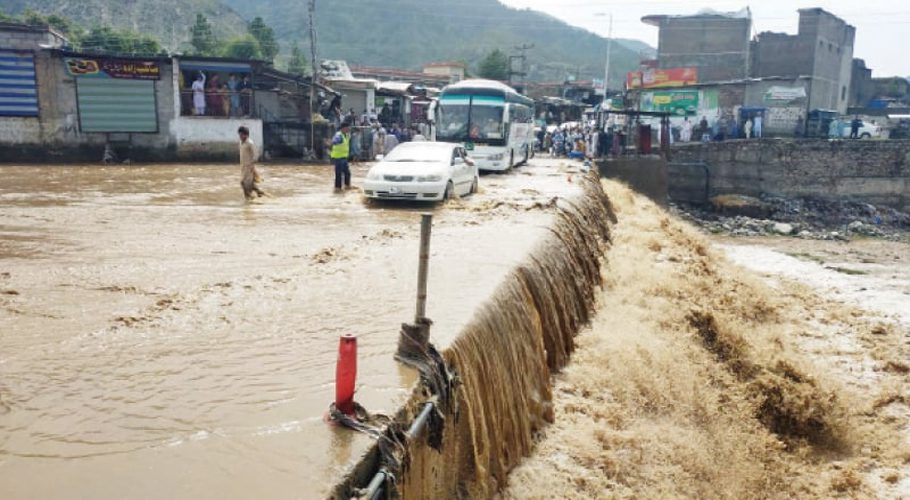The Indus Waters Treaty (IWT), signed in 1960 between India and Pakistan, remains one of the most enduring and peaceful water-sharing agreements in Asia.
Brokered by the World Bank after nearly a decade of negotiations, the treaty has withstood the test of time—continuing to function through multiple conflicts and diplomatic crises between the two nuclear-armed neighbours.
Key Highlights of the Indus Waters Treaty:
The treaty has played a vital role in maintaining a semblance of peace through sustained water cooperation, even during war times, including the 1965 and 1971 conflicts.
The Indus Water Treaty remains Asia’s only cross-border water-sharing agreement, symbolizing a rare success in regional diplomacy.
The agreement allots approximately 80% of the Indus River system’s water to Pakistan, a remarkable share for a downstream country—almost 90 times more than Mexico’s allocation in its 1944 treaty with the U.S.
The Permanent Indus Commission, responsible for overseeing the treaty’s implementation, has remained functional even during periods of high tension, offering a dependable mechanism for conflict resolution.
The Indus Water Treaty is frequently cited as a model in global forums for how legal frameworks can help manage shared natural resources between adversarial nations.
How does the water sharing work?
The treaty essentially split the six main rivers of the Indus system:
India got primary control over the three eastern rivers:
Ravi
Beas
Sutlej
India can use the water from these rivers freely.
Pakistan got primary control over the three western rivers:
Indus
Chenab
Jhelum





































